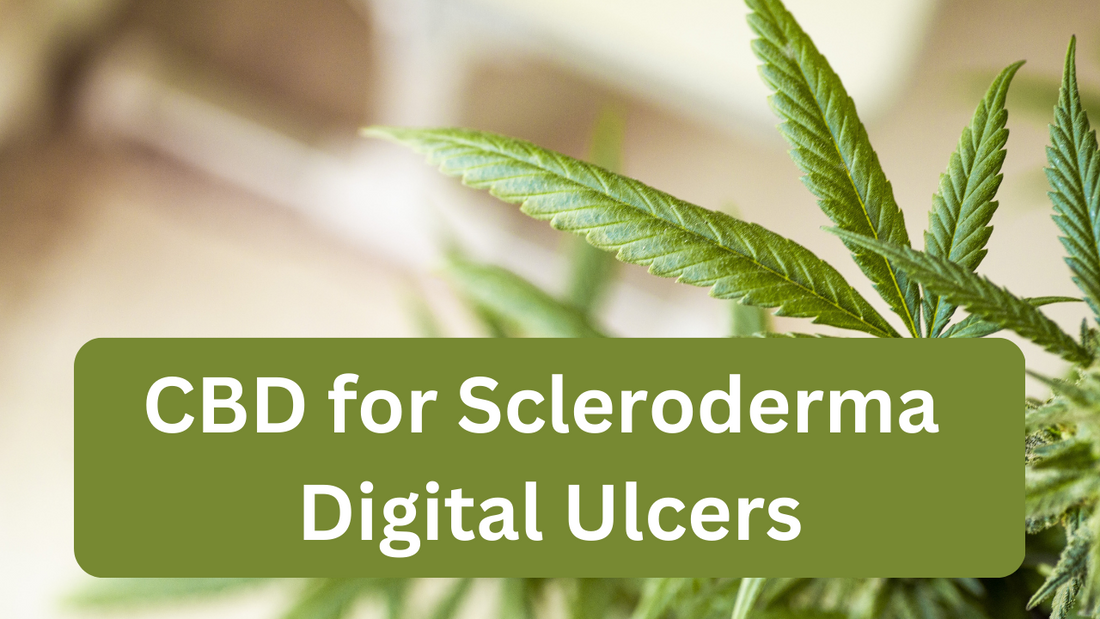What is Scleroderma Digital ulcers?
Systemic sclerosis, or scleroderma, is a rare autoimmune disorder that can cause hardening and thickening of the skin and internal organs. Digital ulcers, or scleroderma digital ulcers (DUs), are painful wounds that can occur in the fingers and toes of individuals with scleroderma. These ulcers can be difficult to heal and can significantly impact a person's quality of life. Debridement, or the removal of dead tissue from a wound, is an important part of the healing process for DUs, but pain can often be a barrier to this process. Standard therapies for pain relief, such as opioids, may also inhibit wound healing.
The Study
In an effort to explore alternative treatment options, a recent study conducted at the Policlinico of Modena in Italy examined the use of cannabidiol (CBD), a compound found in cannabis, as a potential treatment for DUs in patients with scleroderma. The study included 45 patients with scleroderma who were treated with CBD during debridement, and 20 patients who received standard local therapy. The researchers evaluated the patients' pain levels, use of other analgesics, and adverse effects.
The results of the study showed that CBD was effective in reducing wound-related pain in the treatment group. The mean pain score on a numerical rating scale (NRS) decreased from 8.44 at baseline to 6.65 after one month in the CBD group, while the mean score in the control group decreased from 8.44 to 7.88. Similarly, volitional incident pain, or pain triggered by movement, also decreased significantly in the CBD group but not in the control group. In terms of analgesic use, all 20 patients in the control group required additional therapy, while only 4 out of 25 patients in the CBD group needed additional pain relief.
Adverse effects were minimal in both groups, with only 7 out of 25 patients in the CBD group experiencing mild adverse effects such as itchiness and redness. No significant adverse effects were recorded throughout the follow-up period.
These findings suggest that CBD may be a safe and effective treatment option for pain management in patients with scleroderma experiencing DUs. The use of CBD as a potential alternative to opioids for pain relief in scleroderma DUs is particularly promising given the potential negative impact of opioids on wound healing.
It is important to note that the study had a small sample size and was conducted retrospectively, which are limitations that should be considered when interpreting the results. Additionally, the specific formulation and dose of CBD used in the study may have contributed to the observed effects, and further research is needed to determine the optimal combination for treating scleroderma DUs. However, these findings provide promising evidence for the use of CBD in the management of pain in scleroderma DUs and warrant further investigation.
Overall, it is clear that more research is needed on the use of CBD for the treatment of scleroderma DUs. However, these initial results suggest that CBD may be a valuable treatment option for individuals with scleroderma experiencing DUs and could potentially improve their quality of life.

